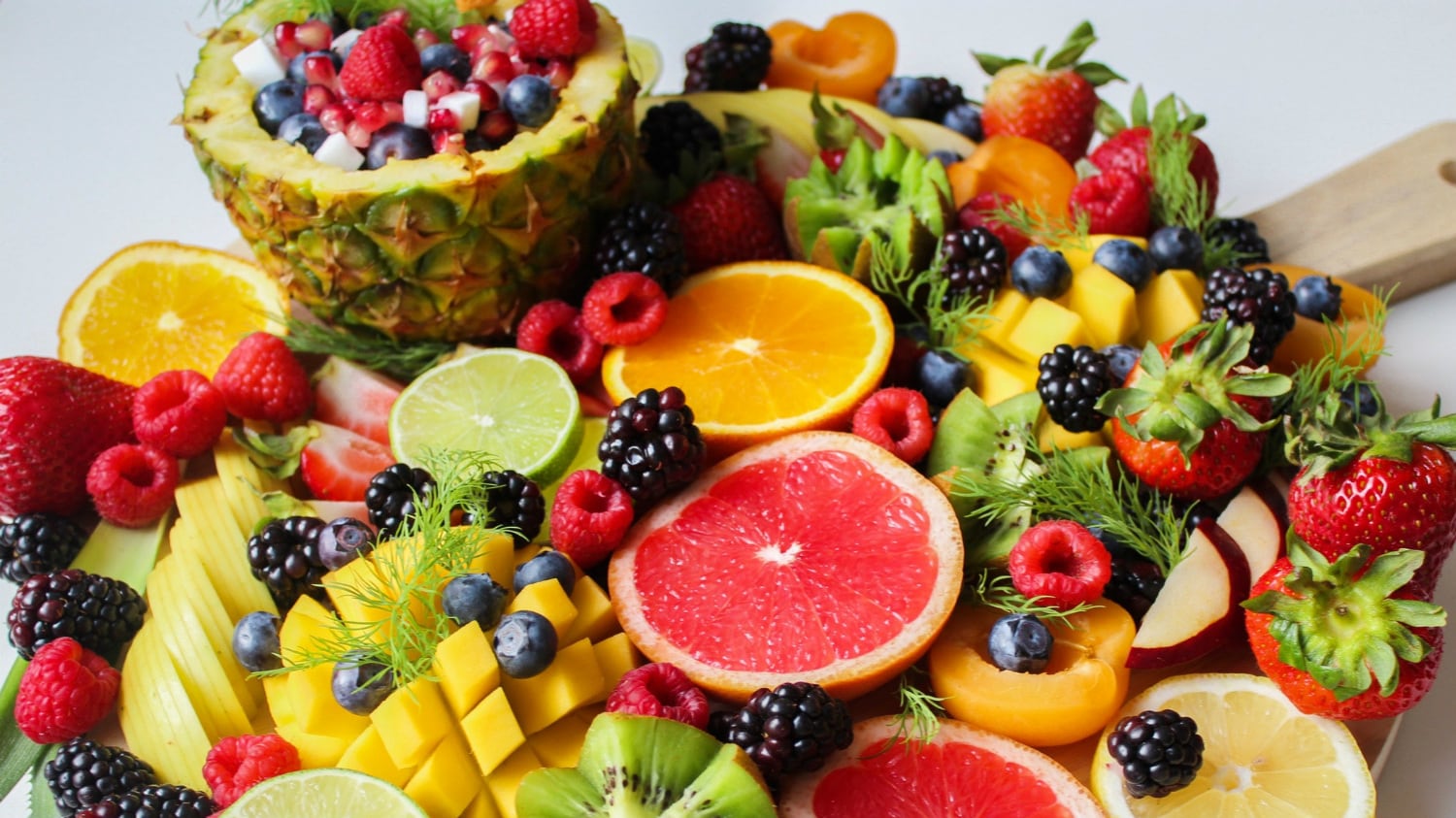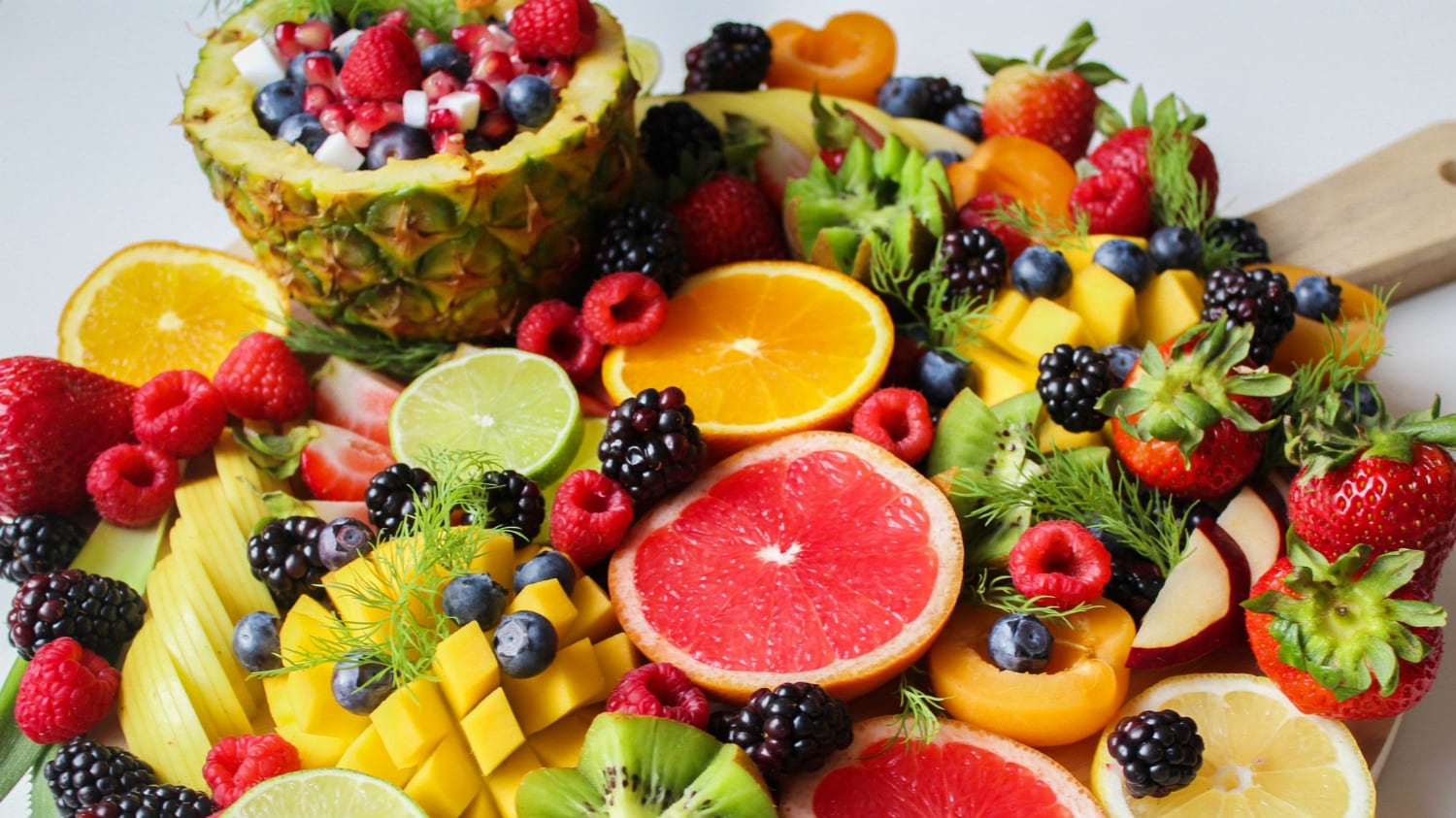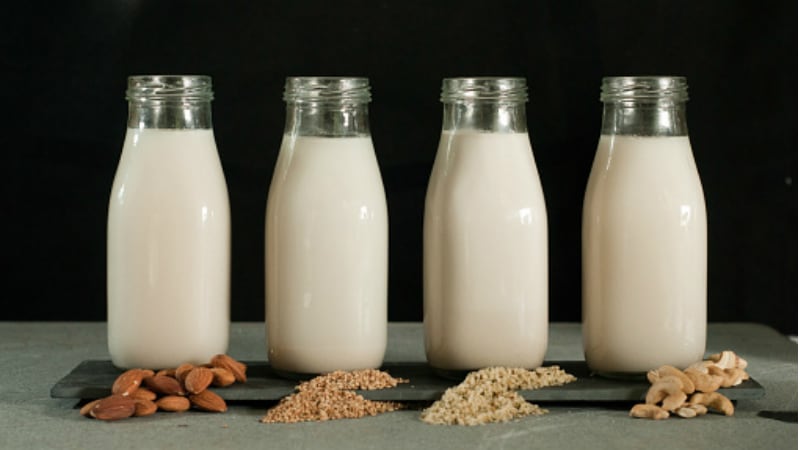According Food Safety Australia New Zealand, this labelling was previously only on a voluntary basis in New Zealand.
“We’ve established that people have a right to know where their food comes from,” said Member of Parliament Gareth Hughes via a press statement. Hughes adopted the bill on the Country of Origin labels earlier this year, after it was first tabled by Steffan Browning in 2017.
“Kiwi consumers will now have greater information so they can exercise their consumer power and choice.”
According to the New Zealand Parliament website, the bill covers regulated foods (a single type of fruit, vegetable, meat, fish, or seafood that is fresh and is no more than minimally processed, as well as cured pork), regulated foods sold at retail, and both packaged and unpackaged regulated foods.
The bill does not apply to foods sold for immediate consumption, as well as nuts, seeds, grains,canned vegetables and fruits and frozen mixed vegetables. It was passed almost unanimously by the New Zealand parliament.
“These are foods with one ingredient, unprocessed or minimally processed,” added Hughes.
“This bill is a food labelling foundation and there is scope to extend mandatory labelling to cover more foodstuffs later on through Fair Trading Act regulations.”
The law has gone through a somewhat arduous process, and was previously cut from covering all single-ingredient foods to those that have now been passed in the bill.
After signing is confirmed for the law, 18 months will be given for the regulations to be put into place, following which the new labels will be phased in, according to the NZ Herald. The phase in period will be six months for fresh foods, and two years for frozen foods.
Origin labelling in Australia
Although there is no concrete information yet on what New Zealand’s Country of Origin labels will look like, Australia’s current labels may be able to provide a potential guide.
Australia introduced Country of Origin food labelling back in July 2016, under the Australian Consumer Law. Food companies were given two years to make the relevant changes, and the labelling became compulsory in July 2018.
At present, food products labelled or packaged on or before 30 June 2018 can still be sold without the new labels.
According to the Australian Competition and Consumer Commission (ACCC), there are different labelling requirements that apply, depending on whether the food is Australian-grown, made, produced and packed, whether it is a ‘priority’ food, and how it is displayed for sale.
There are also differences in the types of claims made. ‘Grown in’ refers to where the ingredients originate from, ‘Produced in’ is both where the ingredients originate as well as where processing took place, and ‘Made in’ is a claim about the manufacturing process.
If the product has multiple components from multiple countries involved along the process, it will also require a ‘Packed in’ label.
‘Priority’ foods are all foods that are not seasonings, confectionery, coffee or tea, biscuits or snacks, bottled water, soft drinks, sports drinks or alcohol.
For ‘priority’ foods that are produced, grown or made in Australia, the country of origin label will have a kangaroo and a bar chart on the proportion of Australian content. Only foods with 100% Australian ingredients can claim to be produced or grown in Australia.





